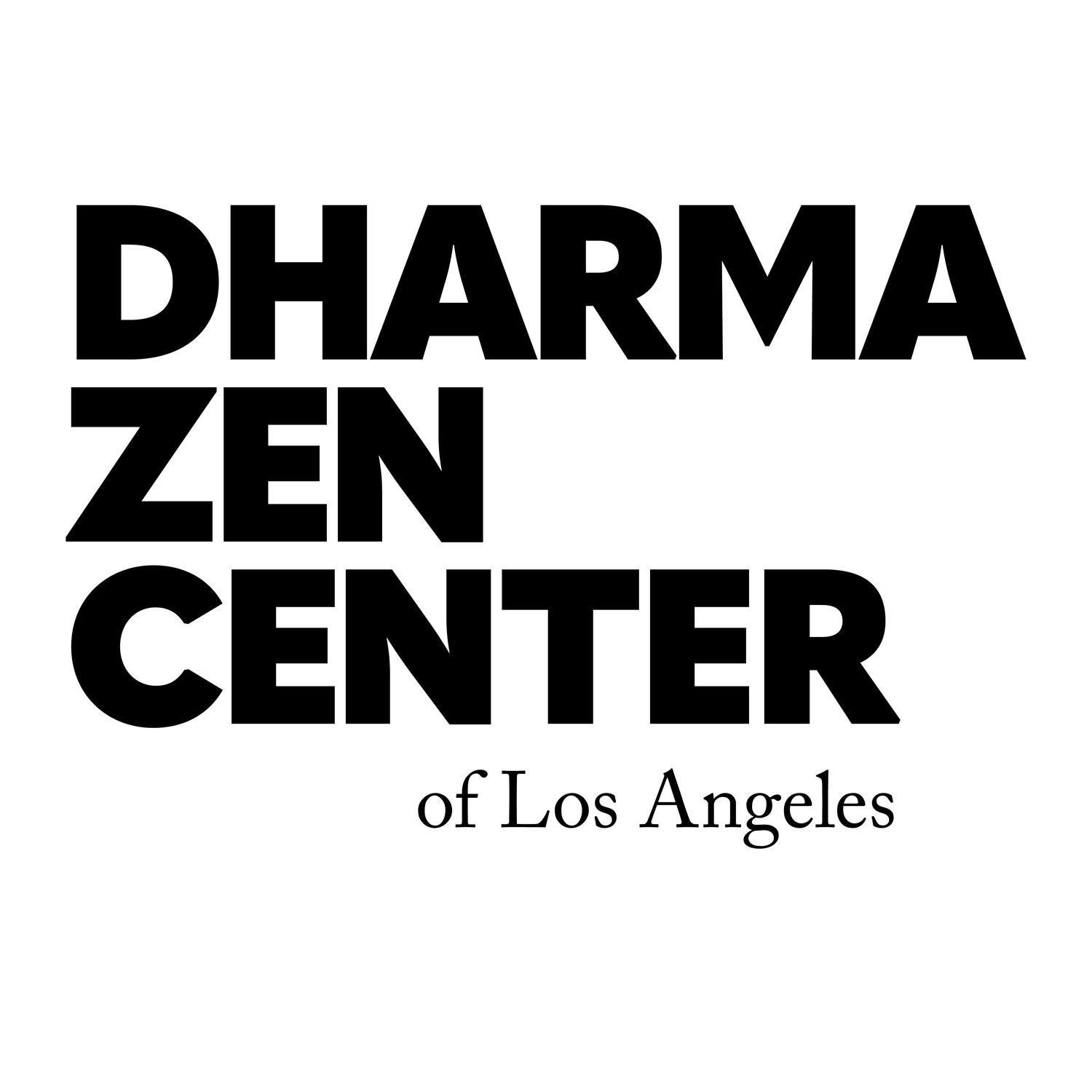How to Meditate
What is Zen? How do I meditate? Do I need any prior experience with meditation? Here are the basics.
What is Zen?
People come to Zen by different means. Some through loss, some through longing and emptiness, some through confusion, some through brief moments of clarity.
Zen is a practice, more than a religion or philosophy. It’s not about what you believe or what you know; it’s about practicing and cultivating a mind before beliefs, thoughts, and opinions form. This mind is open, sharp, and inquisitive, and we can use this mind to look into the nature of reality and our self, which turns out to be more related than we think. Zen is about getting to the bottom of the question “what am I?” to attain our true self, beyond thinking and concepts. Doing this helps us see situations with clarity and helps us respond with compassion and confidence for the benefit of others.
You can read about how our founding teacher explained Zen and meditation here.
How do I meditate?
POSTURE, BREATHING, AND FOCUS
Sit up comfortably, with your back straight but relaxed rather than tense. In our school we keep our eyes focused on the ground at a 45 or 50 degree angle. Relax your shoulders if you can. Breathe naturally. See if you can gently extend the length of your breath without straining it or controlling it too tightly. Let it flow in and out.
We breathe from our diaphragm (from the belly). In our school we say that when breathe short from our chest, our emotions get activated, and when we breathe focused on our head area, our thinking is stimulated. The area of the body that we focus on is called the dan tien which translates literally to energy garden. It’s a point about 2 finger widths below and behind your navel.
THE MIND
As you sit, put your attention on your belly expanding and contracting. You’re not thinking about breathing, you’re just experiencing what it’s like to breathe, without commentary or evaluation or judgment (especially self-criticism). In our schools beginners typically start with a mantra or with counting their breath. Both are just something for your mind to do while your attention gets sharper and sharper and withdraws (without suppressing) from the constant stream of thinking.
“Clear Mind, Don’t Know”
On the in-breathe gently say (in your mind, not aloud) Clear Mind, Clear Mind, Clear Mind, and on the out-breath, say “Don’t Knoooooooooooooooooow…” See if you can make your out-breath longer than the in-breath. Keep your focus on the mantra. With time distractions, doubts, and goals will start to fade and your focus will sharpen.
These mantras aren’t magical. Zen isn’t magical; it’s practical.
Counting breaths
Another technique people use is counting their out-breaths from 1-10, then starting over. If you lose your place, go back to 1.
If (okay, WHEN) distraction and thoughts come up
No big deal. You aren’t losing. Meditation doesn’t have rules and prizes and a scoreboard. Your thoughts are just trying to get your attention. You don’t have to fight them, just let your attention fall back on the belly inflating and deflating like a balloon. Let it drift back like a feather drifting in the air back to the floor to settle.
You probably have said or have heard someone say “I’m not good at meditation.” We sometimes call this “Checking Mind” because your mind is checking whether your experience is what it thinks is the “correct” experience. When thoughts come, rather than getting frustrated with ourselves, we just let them pass, like ships passing by in a river. We don’t get attached (hung up) on our thinking. We don’t react to the thinking. We just come back to the experience of breathing, however it is, and how everything is, just now.
Remember that no one is a natural born meditator. It takes work, but it makes a difference in how you experience life. That’s why we do it. Just keep trying. Our teacher was famous for saying “try, try, 10,000 years try.” That’s the spirit of Zen: we defy the self-doubt we all have and do it anyway.
Don’t-know Mind
When your mind starts to settle it reached what we call “Primary Point” or “before-thinking mind” or “Don’t Know.” We don’t try to actively engineer this Don’t Know mind. We just focus on the experience of breathing slowly from the belly without needing it to be a specific kind of experience.
Do I need any prior experience with meditation?
None. And if you want, you can send us an email first and we can chat with you and answer all your questions. Promise it’s not scary. We also have an intro to meditation class the last Sunday of every month.
What’s with all the terminology? Why do people hit the floor?
Sometimes in Zen we need to use new words to describe new experiences that don’t fit neatly into our everyday vernacular.
You’ll hear people say things like “put it all down,” “Don’t Know,” “primary point,” “only go straight,” “correct situation, function, and relationship,” “what am I?” “what is this?” and countless other phrases. There are reasons for all of this and it’s important to be open to them. It can be confusing at first, but if you stick with it and engage with it, it starts to make sense. Promise.
When answering kong-ans (“koans” in Japanese) we usually hit the floor first. Hitting the floor is like a reset button for your mind. It’s a way to cut off your thinking and return to your before-thinking mind, or primary point.
For feedback on this guide, please contact us.
See how our founding teacher explained the basics.

